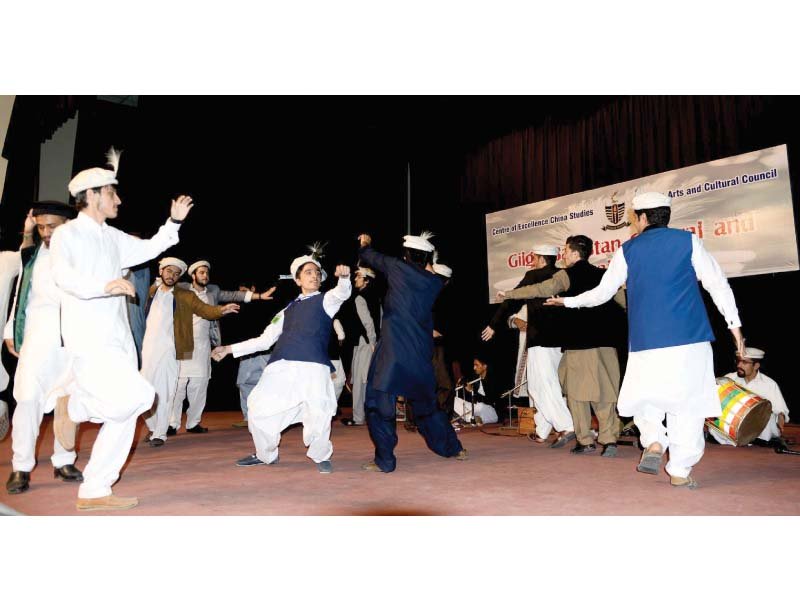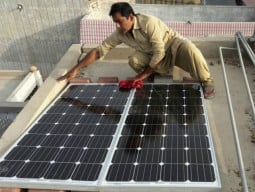
Eminent artists of the region, including Ustad Jabir Khan Jabir and Ustad Mir Afzal performed at the GB Cultural and Musical Evening organised by the university’s Centre of Excellence China Studies (CECS) and Gilgit Arts and Cultural Council at GCU.
NCA closed, hostel evacuated over ‘security threat’
The cultural evening kicked off with the Hunza Hareep, a traditional music performance by Ustad Fida Hussain and his musicians, was also marked by a stunning Sitar and dance performances besides a traditional Burshiski song presented by Talib Hussain Talib.
Speaking on the occasion, GCU Vice-Chancellor Dr Hassan Amir Shah said that the university had always strived to integrate academic excellence with social and cultural programmes, aiming and promoting diversity, tolerance and co-existence. He added in light of regional developments like China-Pakistan Economic Corridor, it had become imperative to highlight and promote a rich and beautiful culture of GB hidden behind those lofty mountains of northern areas.
Half of China’s 2,000 billionaires only attended ‘university of life’
Dr Hassan said terrorists wanted to spread fear but they would fail to deter Pakistan from its journey of enlightenment and development. He directed the academic departments to also hold Sindhi, Punjabi and Baloch cultural evenings to apprise the students about the culture and traditions of all regions of the country.
In his opening speech, GCU CECS Director Prof Dr Khalid Manzoor Butt said that GB was also known as ‘bam’e jahan’ which translates to “the rooftop of the world”. However, he said, that the region was strategically located in middle of one of the highly nuclearised South Asian region.
Published in The Express Tribune, February 26th, 2017.












































COMMENTS
Comments are moderated and generally will be posted if they are on-topic and not abusive.
For more information, please see our Comments FAQ